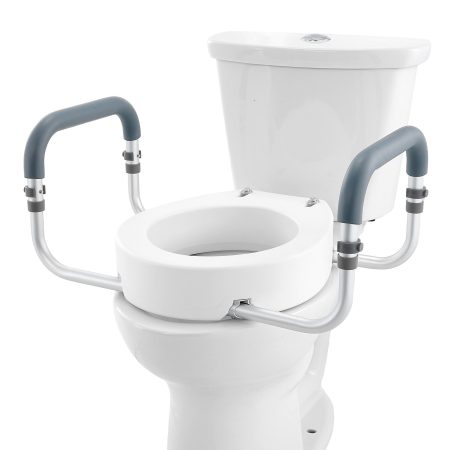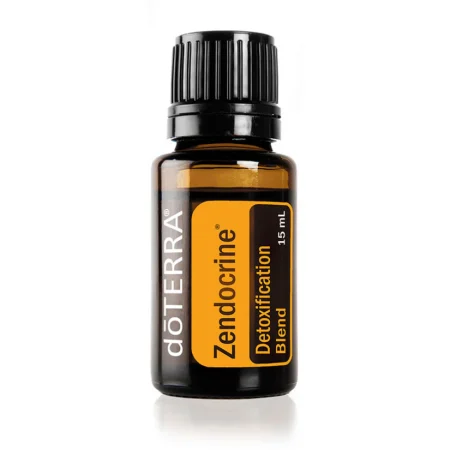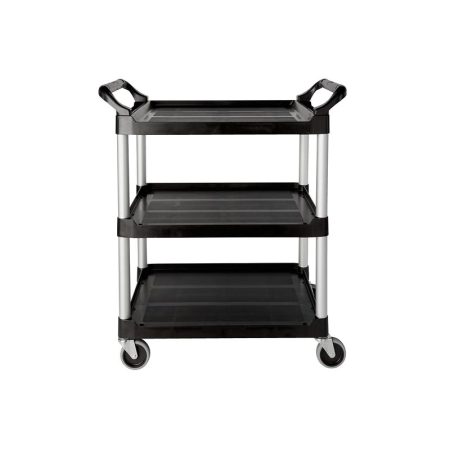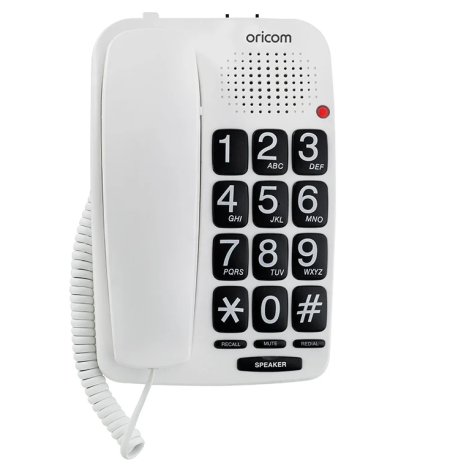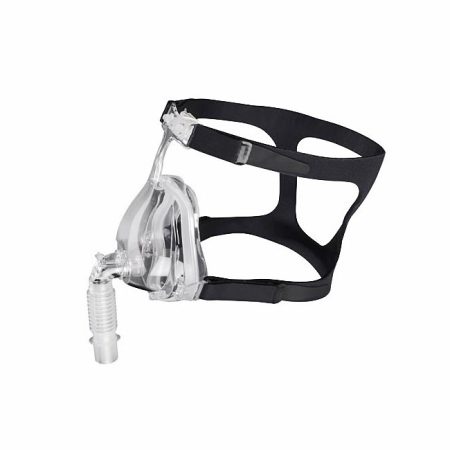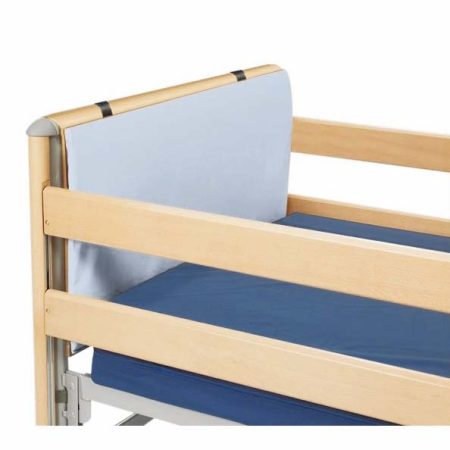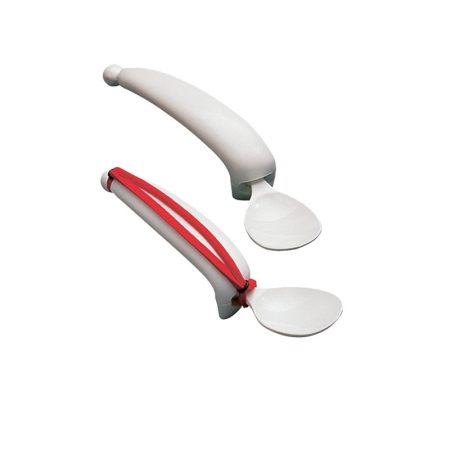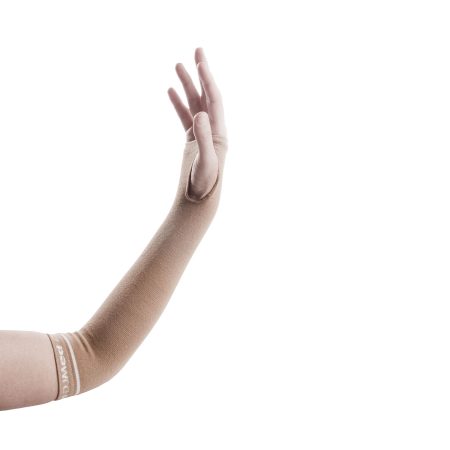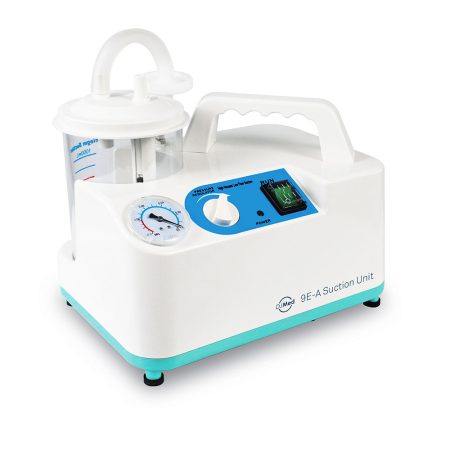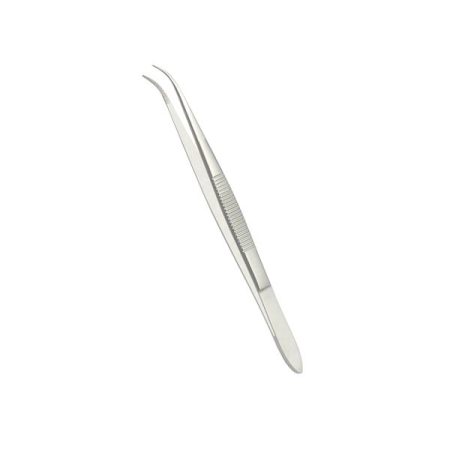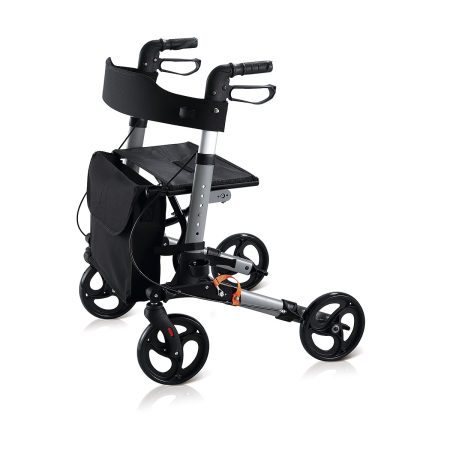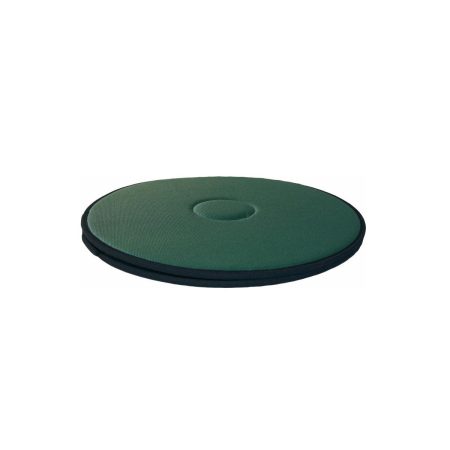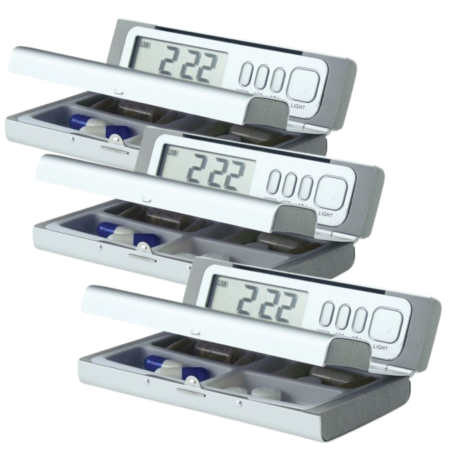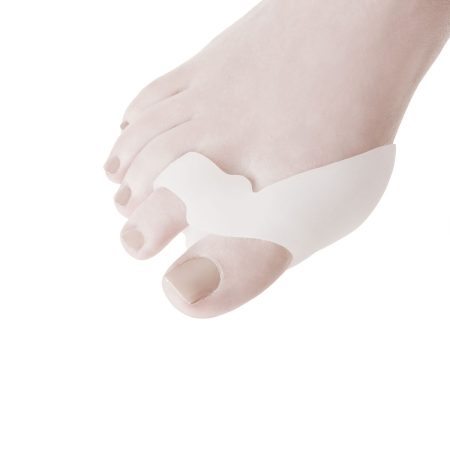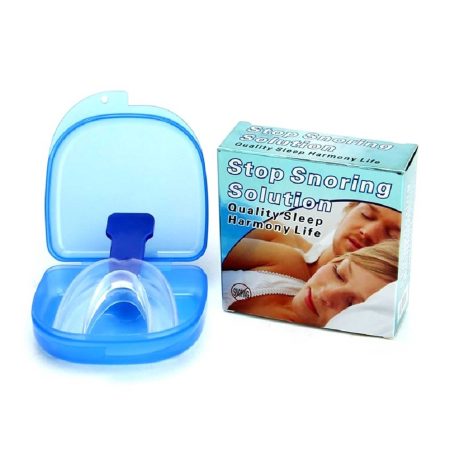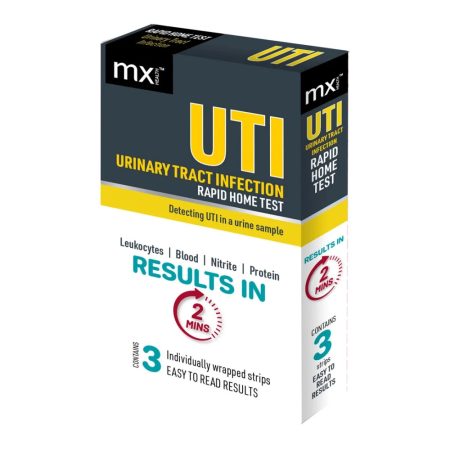Best Practices for Cleaning and Sterilizing Medical Instruments in Healthcare Settings

What are the best practices for cleaning and sterilizing medical instruments to maintain their hygiene and safety in healthcare settings?
Importance of Sterilization in Healthcare
Maintaining the highest standards of hygiene for medical instruments is pivotal in healthcare settings to prevent the transmission of infections and ensure patient safety. The process of sterilization plays a critical role in this, as it eliminates all forms of microbial life, including viruses, bacteria, and spores, from the surfaces of tools and equipment. An understanding of the various stages involved—cleaning, disinfection, and sterilization—is essential for healthcare professionals. Cleaning removes visible soil and organic matter, disinfection kills most microorganisms on non-living surfaces, and sterilization completely eradicates all forms of microbial life. Each step is crucial for preparing medical instruments for safe use in patient care, highlighting the importance of adopting comprehensive and effective hygiene practices in healthcare environments.
Pre-Cleaning and Decontamination
Initial Handling and Pre-Cleaning Procedures
Upon use, medical instruments should be immediately subjected to pre-cleaning processes to prevent the drying of blood, tissue, and other biological materials. This involves rinsing with cold water or using enzymatic cleaners that break down organic matter. It’s crucial to wear protective gear during this stage to minimize the risk of exposure to pathogens.
Decontamination Best Practices
Decontamination serves as the primary step in reducing the risk of infection transmission by removing or killing pathogens. The best practices include using approved disinfectants and following the manufacturer’s instructions for concentration and contact time. Instruments should be fully submerged in the disinfectant solution and properly rinsed with sterile water afterward to remove any residual chemicals, ensuring they are safe for handling during the subsequent sterilization process.

Cleaning and Disinfection Methods
Manual Cleaning Techniques
Manual cleaning is essential for removing organic and inorganic material from medical instruments before sterilization. Use non-abrasive detergents and soft-bristled brushes to avoid damaging the instruments. For sensitive instruments, opt for gentle cleaning agents and ensure delicate handling to preserve their integrity and functionality.
Automated Cleaning Systems
Automated systems, such as ultrasonic cleaners and washer-disinfectors, offer a consistent and efficient cleaning process. Ultrasonic cleaners use high-frequency sound waves to remove contaminants, ideal for instruments with hard-to-reach areas. Washer-disinfectors automate the cleaning and disinfection process, ensuring thorough cleaning with controlled temperatures and detergent concentrations.
Chemical Disinfection
Chemical disinfection should be used when sterilization is not feasible. High-level disinfectants, capable of killing all microorganisms except large numbers of bacterial spores, are suitable for semi-critical instruments. Low-level disinfectants are effective against most bacteria, some viruses, and fungi, and are used for non-critical surfaces and instruments that come into contact with skin.
Sterilization Techniques
Steam Sterilization (Autoclaving)
Steam sterilization, or autoclaving, is the most commonly used method for sterilizing medical instruments. It involves exposing instruments to saturated steam under pressure at high temperatures (usually between 121°C and 134°C) for a specific period. The process is effective against all types of microorganisms, including spores. Monitoring the cycle parameters—temperature, pressure, and time—is crucial to ensure the effectiveness of sterilization.
Low-Temperature Sterilization Methods
For heat-sensitive medical instruments, low-temperature sterilization methods offer an alternative to autoclaving.
- Ethylene Oxide (EtO) Sterilization: This chemical process is used for materials sensitive to heat and moisture, requiring aeration post-processing to remove residual EtO gas from the sterilized items.
- Hydrogen Peroxide Plasma Sterilization: Utilizes hydrogen peroxide vapor and plasma to sterilize at low temperatures, suitable for a wide range of instruments, including those sensitive to moisture and heat.
- Other Methods: Include ozone and dry heat sterilization, each with specific applications based on the instrument’s material and sensitivity.
Packaging and Storage of Sterilized Instruments
Proper packaging and storage are critical to maintain the sterility of instruments after the sterilization process. Instruments should be wrapped or placed in sterile containers that allow the penetration of the sterilizing agent while protecting against contamination. Store sterilized instruments in a clean, dry environment, and handle them with sterile gloves to prevent recontamination before use.
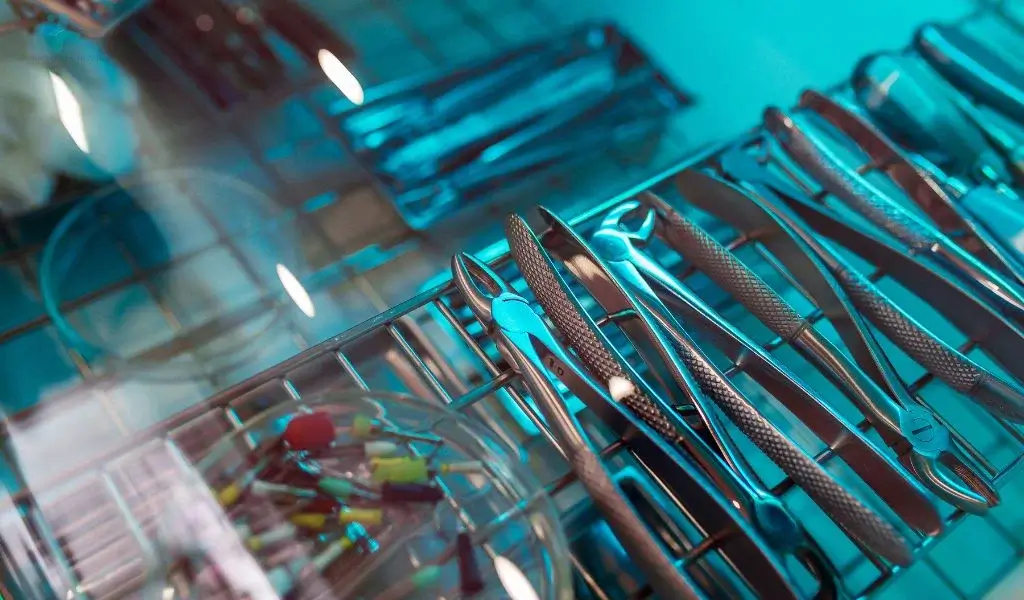
Quality Control and Safety Measures
Ensuring the safety and efficacy of medical instruments through sterilization requires stringent quality control and safety measures. Regular maintenance and testing of sterilization equipment are crucial to verify that they function correctly and consistently produce the required conditions to eliminate microbial life. Staff involved in the cleaning and sterilization process must receive thorough training on the protocols, ensuring they are well-versed in the latest standards and techniques. Documentation and compliance with health and safety regulations are essential, providing a traceable record of sterilization cycles and maintenance activities. Additionally, implementing safety measures for handling sharp instruments, including the use of protective equipment and safe disposal methods, minimizes the risk of injury and cross-contamination, safeguarding both healthcare professionals and patients.
Conclusion and Best Practices
In conclusion, adhering to best practices for cleaning, disinfecting, and sterilizing medical instruments is paramount in healthcare settings to ensure patient safety and prevent the spread of infections. A thorough understanding and implementation of pre-cleaning, decontamination, manual and automated cleaning methods, alongside appropriate chemical disinfection and sterilization techniques, are essential. It is critical to employ steam sterilization or suitable low-temperature methods for sensitive instruments, ensuring all devices are effectively sterilized and stored correctly. By summarizing these key points and encouraging the adoption of these practices, healthcare facilities can maintain the highest standards of hygiene, ultimately contributing to better patient outcomes and a safer healthcare environment.




